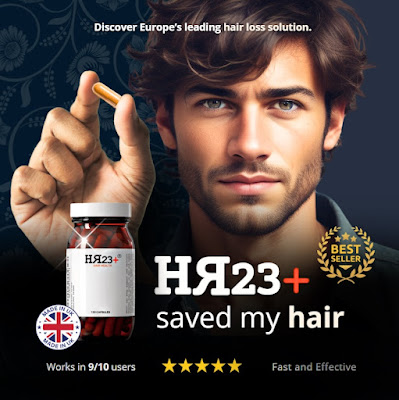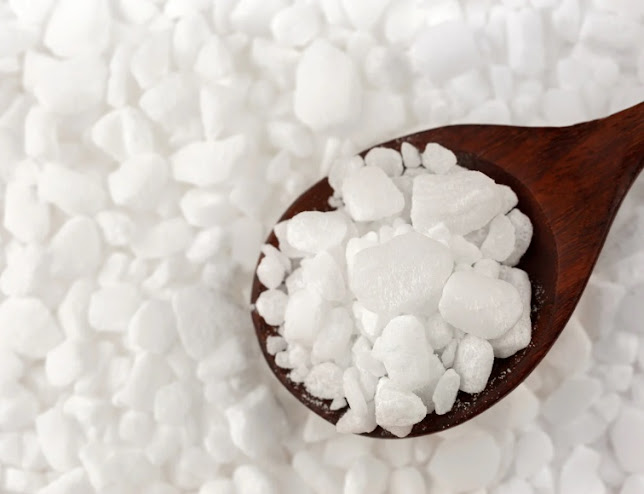Hair loss is a common issue that affects millions of men worldwide, often leading to emotional distress and a loss of self-confidence. For many, a thick head of hair is associated with youth, vitality, and attractiveness, so its gradual thinning or sudden loss can be alarming. Understanding the causes of hair loss and exploring safe, effective treatments is crucial for those looking to manage this concern.
Why Men Experience Hair Loss
Male pattern baldness, or androgenetic alopecia, is the most common cause of hair loss in men. This hereditary condition is driven by genetics and the hormone dihydrotestosterone (DHT), which can shrink hair follicles and shorten the hair growth cycle. As a result, hair becomes thinner and eventually stops growing altogether in certain areas, typically starting at the temples or crown.
Other factors can contribute to hair loss, including:
Stress: High levels of physical or emotional stress can trigger temporary hair shedding.
Poor nutrition: A lack of essential vitamins and minerals may weaken hair health.
Medical conditions: Thyroid disorders, autoimmune diseases, and scalp infections can all lead to hair thinning.
Medications: Certain treatments, such as chemotherapy, can cause hair loss.
The Emotional Impact
Hair loss can significantly affect a man’s self-esteem and mental well-being. Many men feel less confident in social and professional settings, and some may experience anxiety or depression as a result. This emotional toll often prompts men to seek solutions, ranging from topical treatments and supplements to surgical options.
Safe and Effective Treatments
Fortunately, there are various safe treatments available for men concerned about hair loss. The key is to choose evidence-backed solutions that promote hair health without harmful side effects.
1. Nutritional supplements
Supplements like HR23+ have become popular among men looking for a natural approach to hair maintenance. HR23+ is a multi-vitamin hair supplement designed to help prevent excessive hair shedding and support stronger, healthier hair growth. It contains a blend of vitamins, minerals, and natural extracts such as biotin, zinc, saw palmetto, and pumpkin seed oil. These ingredients are known to nourish hair follicles, block DHT production, and improve scalp health. Importantly, HR23+ is free from drugs and harsh chemicals, making it a safe option for long-term use.
2. Topical treatments
Minoxidil is one of the most well-researched topical treatments for hair loss. Applied directly to the scalp, it can stimulate hair growth and slow down thinning. It is available over the counter and is generally well tolerated, although some users may experience minor scalp irritation.
3. Prescription medications
Finasteride is a prescription pill that helps reduce DHT levels in the body. It has been proven to slow hair loss and, in some cases, promote regrowth. However, it may cause side effects such as decreased libido or mood changes, so it’s essential to discuss its use with a healthcare provider.
4. Lifestyle changes
Maintaining a balanced diet rich in vitamins and minerals, managing stress, and practicing good scalp hygiene can all contribute to healthier hair. Regular exercise and adequate sleep also support overall well-being, which in turn can positively impact hair health.
5. Surgical options
For men with advanced hair loss, hair transplant surgery can offer a permanent solution. This procedure involves moving hair follicles from one part of the scalp to thinning areas. While effective, it can be costly and requires recovery time.
Final Thoughts
Hair loss is a natural part of aging for many men, but that doesn’t mean it has to be accepted without options. Today, a range of safe treatments—including nutritional supplements like HR23+, topical applications, and medical therapies—can help men manage hair loss and maintain confidence. Before starting any treatment, it’s wise to consult a healthcare professional to determine the most suitable approach based on individual needs. By staying informed and proactive, men can take positive steps toward healthier hair and a stronger sense of self-assurance.






































